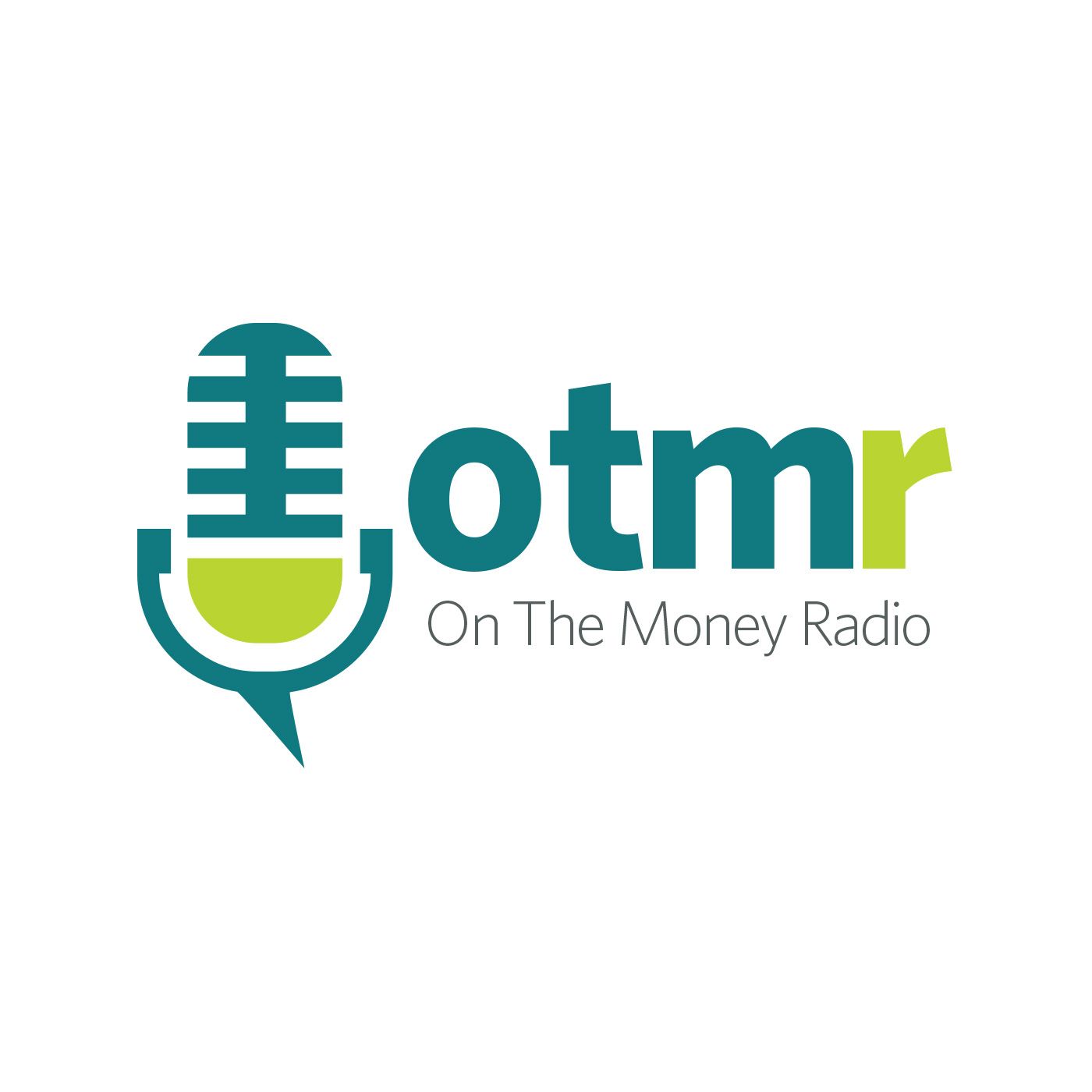The Business Of Picking Stocks May Be Dying

b'I recently came across an eye-catching headline in The Wall Street Journal; it was titled \\u201cThe Dying Business of Picking Stocks\\u201d, and it, of course, piqued my interest, so I read on.
Here\\u2019s what the article had to say: Its main premise was that investors are moving their money away from active stock picking and moving it into passive investments such as index funds and certain passive Exchange Traded Funds that really don\\u2019t need a star portfolio manager, and this is pushing stock pickers to the margins.
Instead of saying mutual funds and index funds, it\\u2019s better to think of mutual funds, in general, to be actively managed and index funds to be passively managed. So I\\u2019m going to be using these terms from this point forward.
Over the past three years, investors have added nearly $1.3 trillion to passive mutual funds and exchange-traded funds, while draining more than a quarter trillion from active funds. On the one hand, people are pulling money out of active funds and moving it into passive funds, and people are moving new money toward passive investments as well
So what\\u2019s driving this? Advocates of passive funds cite their superior performance over time, lower fees, and simplicity.
And this is shaking things up on Wall Street, with hedge-fund managers\\u2014the quintessential active investors\\u2014facing mounting withdrawals as they struggle to justify their fees. Hedge funds bet on and against stocks and markets worldwide and generally have higher fees than mutual funds, purportedly because they can deliver market-beating returns. But the truth is this: Hedge funds have not outperformed the U.S. stock market as a group since 2008.
With this trend getting bigger by the day, some giants of passive investing, such as Vanguard Group and BlackRock, are attracting lots of money and gaining clout in shareholder votes at public companies.
That said, active funds continue to hold a majority of America\\u2019s invested monies\\u201466% of mutual-fund and exchange-traded-fund assets are still actively invested, but those numbers are down from 84% ten years ago and are shrinking fast.
In my opinion, the real driver of this upheaval is performance and the lack thereof by actively-traded funds compared to their benchmarks, which are typically indexes such as the S&P 500, the Dow Jones, or the NASDAQ for U.S. stocks. Here\\u2019s some data to back that up: Over the past decade, between 71% and 93% of active U.S. stock mutual funds have either closed or underperformed the index funds they are trying to beat, according to Morningstar.
Moreover, passively matching the performance of a stock index basically involves building a basket of securities that represents the index. For example, if you\\u2019re trying to track the Dow Jones Industrial Average, you simply build a portfolio that mirrors the average of the 30 stocks that make up the Dow and re-balance your portfolio only when there are changes made to the index. Other than that, you pretty much do nothing! You don\\u2019t have to research companies; you don\\u2019t have to follow all the daily news about them; you don\\u2019t have to worry about whether shares went up or down, or by how much; and you don\\u2019t need to make buy or sell decisions. Just sit back, relax, and follow the index. So you\\u2019d save time, effort, fees, and commissions with this passive strategy\\u2014with no research and no unnecessary and expensive stock trades.
As a result, passive funds\\u2019 expenses are a fraction of what active funds charge, sometimes 1/30th or less. And with the current climate of near-zero interest rates, even a few percentage points in fees stand out more than ever.
Advocates of active investing will tell you that there is a downside, which is that passive funds are designed to only match the markets, so investors are giving up on the chance to outperform or beat the index.'